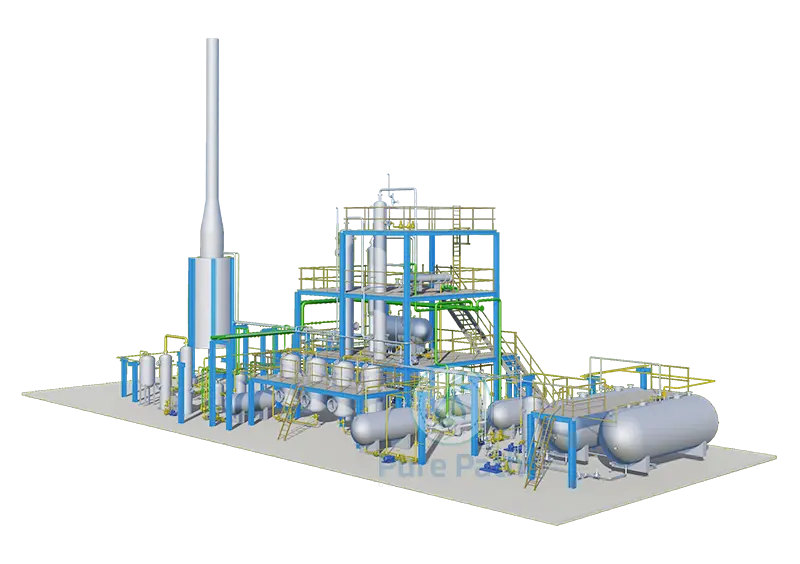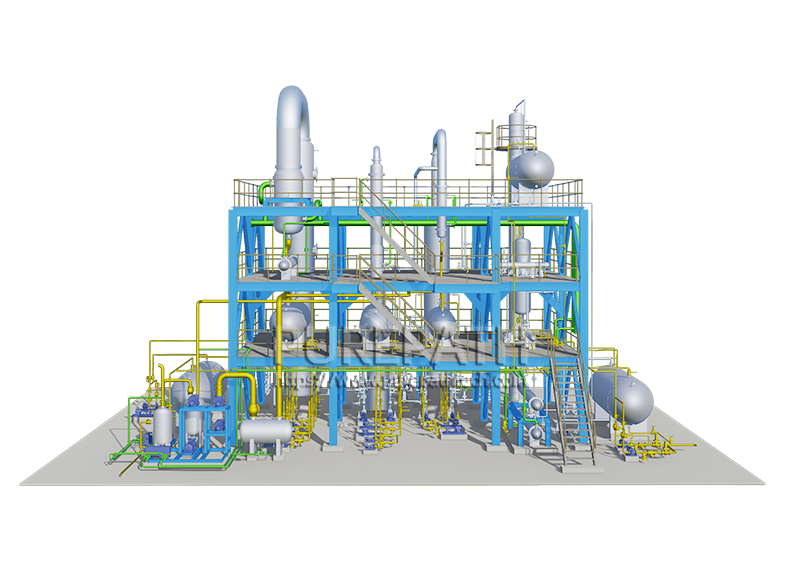Step-by-Step Guide to Pyrolysis Technology for Waste Plastic Recycling
The world is facing a global plastic waste problem that requires innovative and sustainable solutions. Landfills are overflowing, and the oceans are carrying the burden; now comes the latest in advanced recycling technologies to turn this environmental problem into a valuable opportunity. Above all, pyrolysis of wastes into fuels is one proven and efficient method.
At Purepath, we’ve spent years engineering robust pyrolysis systems; we believe in empowering our clients with knowledge. This guide will take you through the value, process, and key considerations of this groundbreaking technology.
Value of Pyrolysis of Waste Plastics
While landfill burden reduction is indeed one of the important drivers, the real values of waste plastic pyrolysis go far beyond mere disposal. Pyrolysis of waste plastic forms a cornerstone for the modern circular economy by redefining waste plastic fundamentally as a renewable resource.
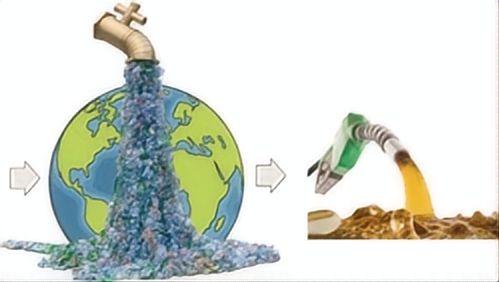
The most obvious economic and ecological benefit is the output itself. Pyrolysis of waste plastics into fuels yields high-demand alternative energy products. The obtained pyrolysis oil can replace the conventional industrial fuel directly, driving boilers or furnaces, with great cost savings. It could also be further processed into higher-grade diesel fuel, thus closing the loop where discarded packaging is converted into a power source for logistics and transportation.
This resource creation reduces our dependence on virgin fossil fuels, thereby directly reducing carbon emissions from their extraction and incineration. By converting such a pervasive pollutant into a valuable commodity, plastic pyrolysis represents a tangible, sustainable business model-one that transforms an environmental liability into a thriving, green enterprise-building resilience for the ecology as well as the economy.
How Waste Plastic Pyrolysis Works: Step-by-Step Process
Understanding the operational blueprint of a waste plastic pyrolysis plant can help appreciate how efficient it is. The main principle here is thermal decomposition in an environment devoid of oxygen, which guarantees the systematic breaking of complex polymer chains in plastics. Let’s delve deep into the process of turning waste into productive resources:
- Preprocessing and Feeding: The process starts with preparation. Waste plastics that arrive are shredded into small and uniform flakes. This step is considered important because increasing the surface area will definitely provide consistent heat throughout the reactor and will be vital to a high-quality yield from the pyrolysis of the plastic.
- Loading and Oxygen Removal: After shredding, the plastic is conveyed into the sealed main reactor. Once closed, the system purges any caught air to create an absolutely anaerobic atmosphere. It is this lack of oxygen that forms the very fundamental condition necessary to prevent combustion and allow thermal cracking to take the prime mover required to convert waste into fuel.
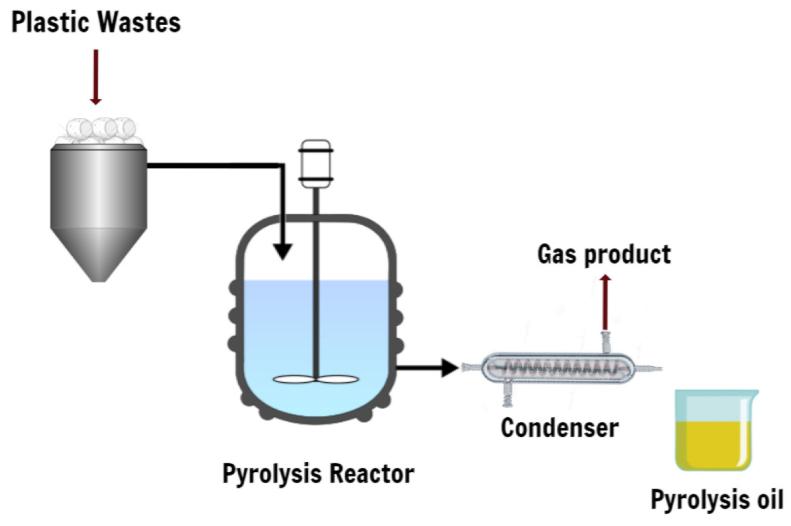
- Pyrolysis Reaction – Thermal Decomposition: The reactor is heated indirectly to a specific temperature range, usually between 350°C and 500°C. It is under these controlled, high-heat, oxygen-free conditions that the long-chain hydrocarbons in the plastic are thermally cracked into smaller molecules. This transformation comprises the very essence of the pyrolysis of waste plastics into fuels; a mixture of hydrocarbon vapors and gases results.
- Condensation of Vapors to Fuels: The hot, hydrocarbon-rich vapors from the reactor are first passed through a multi-stage condensation system. They are cooled at this stage, usually through a set of condensers, whereby most of these vapors are turned into liquid. This liquid is the principal product: pyrolysis oil, a very viable fuel alternative.
- Non-Condensable Gas Recycling: The produced non-condensable gases, frequently referred to as syngas, which mainly consist of methane, propane, and butane, are not wasted but piped back into the system to fuel the heating burner of the reactor. This self-sustaining loop reduces the need for external energy, thereby increasing the general economic and operational efficiency of the waste plastic pyrolysis plant.
- Carbon Black Discharge and Collection: After the pyrolysis cycle is complete and all vapors have been drawn off, a solid carbonaceous residue remains in the reactor. This material, known as carbon black, is cooled and automatically discharged. It serves as a valuable industrial commodity for producing pigments or as a reinforcing agent in rubber manufacturing.
Types of Pyrolysis of Plastic Machines
Correct selection of the pyrolysis system is key to the economic and operational success of a recycling project. The technology is not one-size-fits-all; it is tailored to different scales and business models. Primarily, waste plastic pyrolysis plants are categorized by their feeding and discharge mechanisms, which dictate their capacity and automation level.
Batch Pyrolysis Plants
This is an entry-level and robust solution, ideal for smaller operations or operations with varied feedstock. In this process, the reactor will be loaded with a fixed amount of plastic, sealed, heated to complete the pyrolysis of plastic, cooled, and then manually emptied. While these systems have more manual intervention and inherent downtime between batches, they have a lower initial investment and offer great flexibility in processing different plastic types in separate runs.
Semi-Continuous Pyrolysis Plants
These systems signify a major upgrade in efficiency, finding a balance between automation and cost. They might feature an automatic feeding and discharge mechanism for the solid residue of carbon black, though the main reactor can be cycled. This design reduces labor costs and raises throughput daily, thus becoming fairly popular among medium-scale businesses looking to scale up their pyrolysis of waste plastics into fuels without making a fully continuous investment.
Fully Continuous Pyrolysis Plants
The engineered plants are designed for large-scale, industrial-grade recycling and represent the epitome of automation. With a continuous feed system supplying shredded plastic into the reactor, along with simultaneous discharge of carbon black, they can operate 24/7 with minimum human supervision. It allows for higher efficiency, better energy conservation, and the lowest operating cost per ton, making this an ultimate solution for processing large volumes of plastic waste consistently.
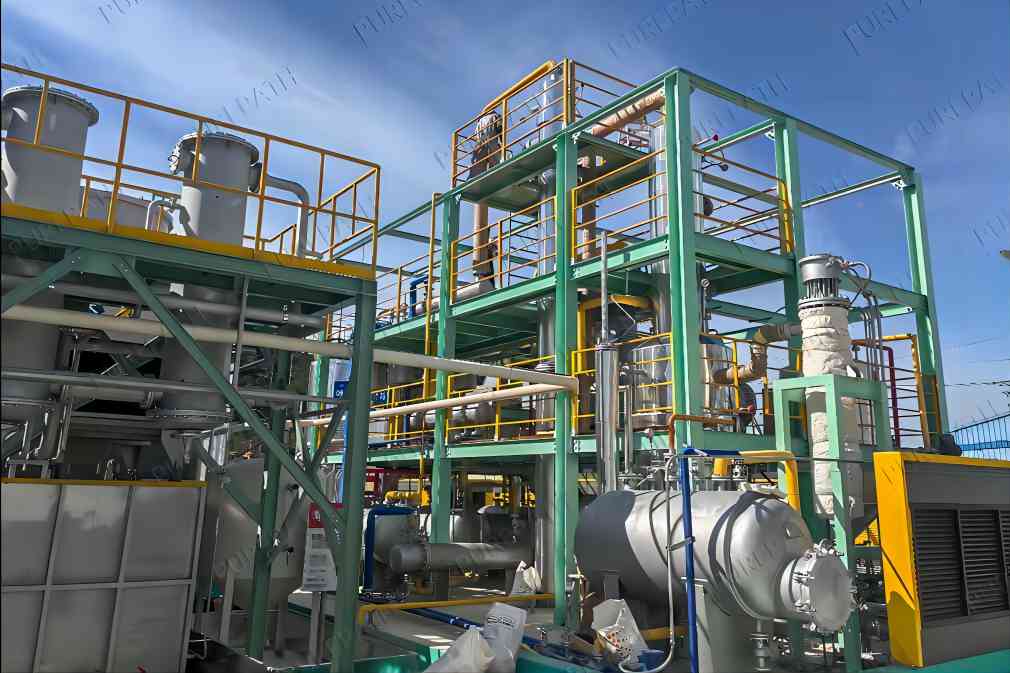
Key Factors Affecting Waste Plastic Pyrolysis Efficiency
The waste plastic pyrolysis operation involves several variables, which are interdependent on one another for the extraction of an optimum output with a constant product quality. A basic understanding and control of these factors elevate a mediocre setup to a highly profitable, efficient plant.
- Feedstock Quality and Composition: The Type and purity of the input plastic matter significantly. Plastics like PP, PE, and PS give high-quality oil, while PVC or PET can yield corrosive acids that damage the reactor and contaminate the end products. Consistent, pre-sorted feedstock ensures a stable and efficient pyrolysis of plastic reaction, allowing for maximum liquid fuel yield.
- Reaction Temperature and Heating Rate: Precision temperature control is necessary. The range expected, usually between 350 to 500°C, should be accurately observed, since this range could directly affect the product slate. Besides, the heating rate, whether slow for a high char yield or fast for maximum oil production, is also an important parameter to optimize in the pyrolysis of waste plastics into fuels.
- Catalyst Application: The employment of a catalyst is one of the most significant technological improvements that can seriously improve process efficiency. Catalysts, such as zeolites, reduce the necessary reaction temperature and energy input. More importantly, they crack the hydrocarbon vapors into lighter and more stable fractions, improving the quality and market value of the final pyrolysis oil considerably.
- Residence Time and Vapor Management: The residence time of the plastic and its produced vapors in the heated zone is critical. Too little, and incomplete cracking occurs; too much, and the oil can undergo secondary cracking to form less valuable gases. Equally important is a condensation system that is optimally designed for quick and thorough liquefaction of these vapors, as incomplete condensation leads to troublesome waxes.
To Conclude
Pyrolysis of plastics is both a powerful and practical technology that caters to the needs of waste management and energy recovery. Understanding this step-by-step process, along with the factors affecting efficiency, helps firms and governments make informed choices about the implementation of this sustainable solution.
As a manufacturer committed to quality and innovation, we offer not just machines but an all-round partnership: strong waste plastic pyrolysis systems with deep technical support right from installation to operation.
Ready to turn waste into worth? Contact our expert team today for a free consultation and to learn how our pyrolysis technology can be tailored for your specific needs.



